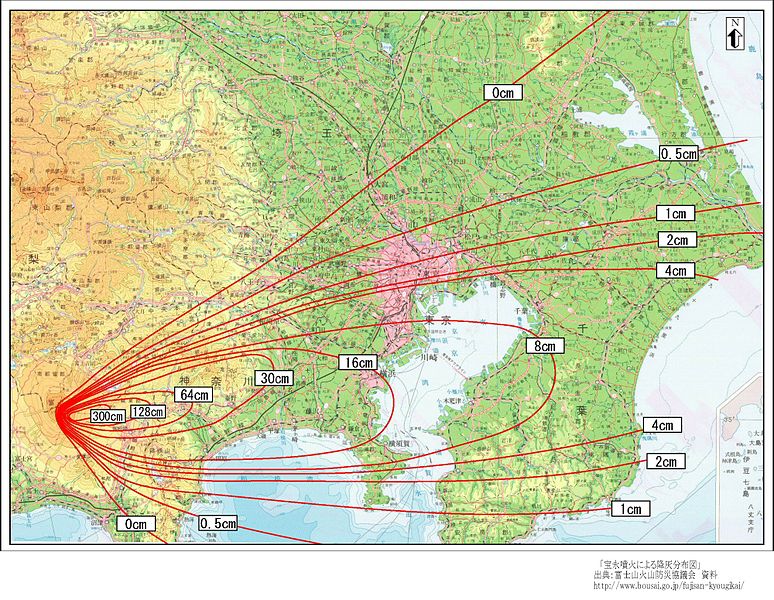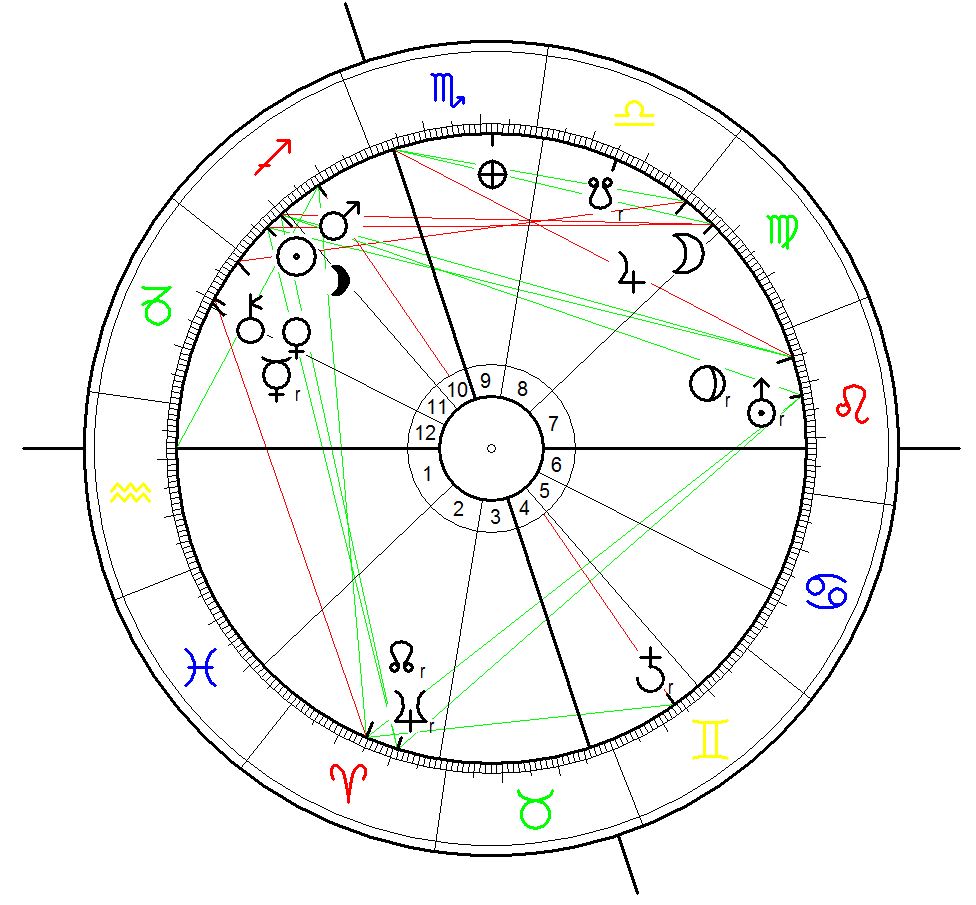The 1707 Eruption of Mt Fuji in Astrogeography
Astrological Vulcanology: The 1707 Eruption of Mt Fuji in Astrogeography

Compare: Mount Fuji in Astrogeography
The last eruption of Mt Fuji occurred during a Mars-Saturn opposition plus a Uranus-Pluto cojunction exactly square to the astrogeographic positions of Mt Fuji. The exactitude of these transits in relationship to the astrogeographic positions is outstanding – but no suprise. Compare: Pinatubo Eruption of 1991, The Birth Chart of Surtsey Island, The Eruption of Cotopaxi Volcano in astrogeography, Hawaiʻi Volcanoes National Park in Astrogeography,Krakatoa and the extreme weather events of 536 AD, Connecting Earth and Sky through a Pyramid
The Hōei Eruption of Mount Fuji started on 16 December 1707 at 10:00 a.m. (data source) and ended about 1 January 1708. Although it brought no lava flow, the Hōei eruption released some 800 million cubic metres of volcanic ash, which spread over vast areas around the volcano, even reaching Edo almost 100 kilometres (60 mi) away.

The Event Chart
A serious interpretation of the event chart should differentiate between the causes represented by the movements of the slow-moving outer planets plus Saturn and the triggering factors as indicated by the faster moving planets. The Moon as the fastest moving astrological factor and the relationship of the Sun and Moon as the factors with the strongest gravitational effects are the most important indications in volcanic eruptions and earth quakes to be examined.

The eruption began with the Moon at 23° Virgo in exact square and extreme tension to the Sun at 23° Sagittarius. In Doebereiner astrology both degrees – 23° Sagittarius as well as 23° Virgo are explained as positions of extreme violence and eruption of tensions in event charts as well as in rythmical triggering. The quality of these degrees is related to Uranus-Pluto aspects. And as the ruler of Leo the Sun is the significator of the Uranus – Pluto conjunction in Leo here – pointing at this highly explosive constellation as a major cause for the eruption. This is supported also by the exact square of the 2 planets to the astrogeographical position of Mt Fuji`s volcanic pipe.
Mars – Saturn opposition in a square to 14° Virgo
At the time of the last eruption of Mt. Fuji Saturn had been transiting 14°Gemini the square to the astrogeographic position of Mt. Fuji on 14° Virgo since July 1707 indicating strong tectonic pressure onto the magma chambers below the area over a period of 5 months. The eruption came at a moment when retrograde Saturn at 13° was put under intense pressure through Mars at 11°21 Sagittarius nearing the opposition degree to Mt. Fuji`s astrogeographical longitude. Saturn`s transits are so important also because of his rulership of earth sign Capricorn the sign of the hardest rock material and as such the first indicator for tectonic plates and the pressure exerted by their movements.
The chart for the exact moment of the erruption shows Venus together with a Mercury-Chiron conjunction in Saturn`s home sign Capricorn in house 12 the sphere of instability and destabilization. This constellation suggests pressure from destabilized moving (Mercury) material (Chiron, Venus) in the east of Mt Fuji`s volcanic pipe. At the same time Saturn in house 4 indicates effects of tectonic pressure from below (house 4) the volcanic pipe (IC-MC axis). Mars in confrontation (opposition) to the forces symbolized by Saturn was in Sagittarius the most important indicator for magma indicating that Magma was pressed upwards through the volcanic pipe not directly towards midheaven (MC) but in a direction east of midheaven (house 11). Midheaven itself as ruled by Scorpio the indicator for particularly hard rock and closed up spaces added to the pressure within the volcanic pipe.
Uranus – Pluto conjunction in a square to 21° Scorpio
The conjunction of Uranus at 17°41 with Pluto at 24°48 with midpoint at 21° of fire sign Leo another important indicator for magma square to Mt Fuji also indicates an extreme form and amount of pressure exerted onto the material below Mt. Fuji. As the rulers of the Ascendant and the MC the conjunction of these two planets provides the definition for the main causes for the discharge of pressure through the eruption. This is also strongly emphasized through the accuracy of their transits in relation to the astrogeographic position of Mount Fuji. As both are slow moving planets the forces that they stand for must have been effective for a longer period of about 2 1/2 years or so.